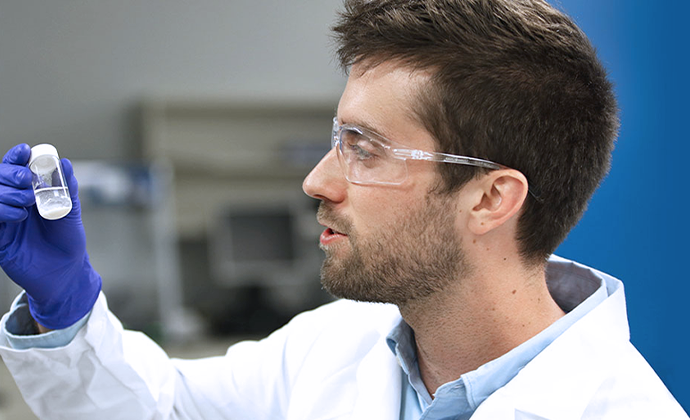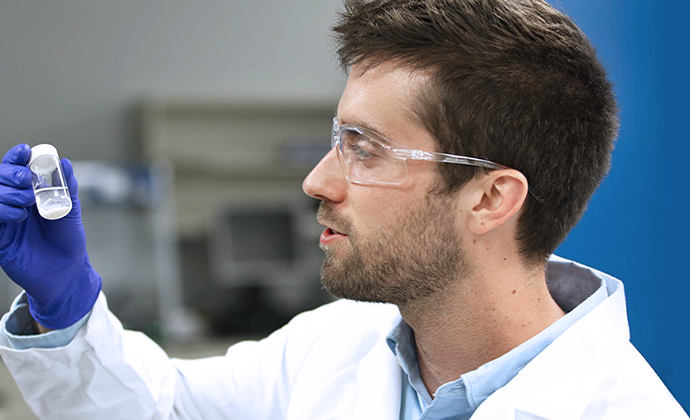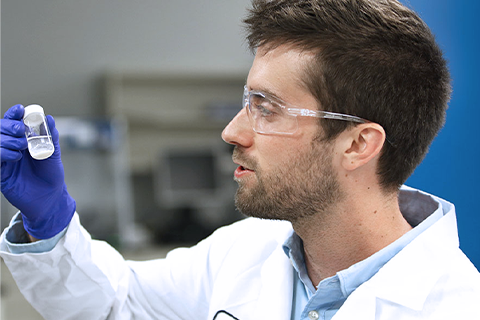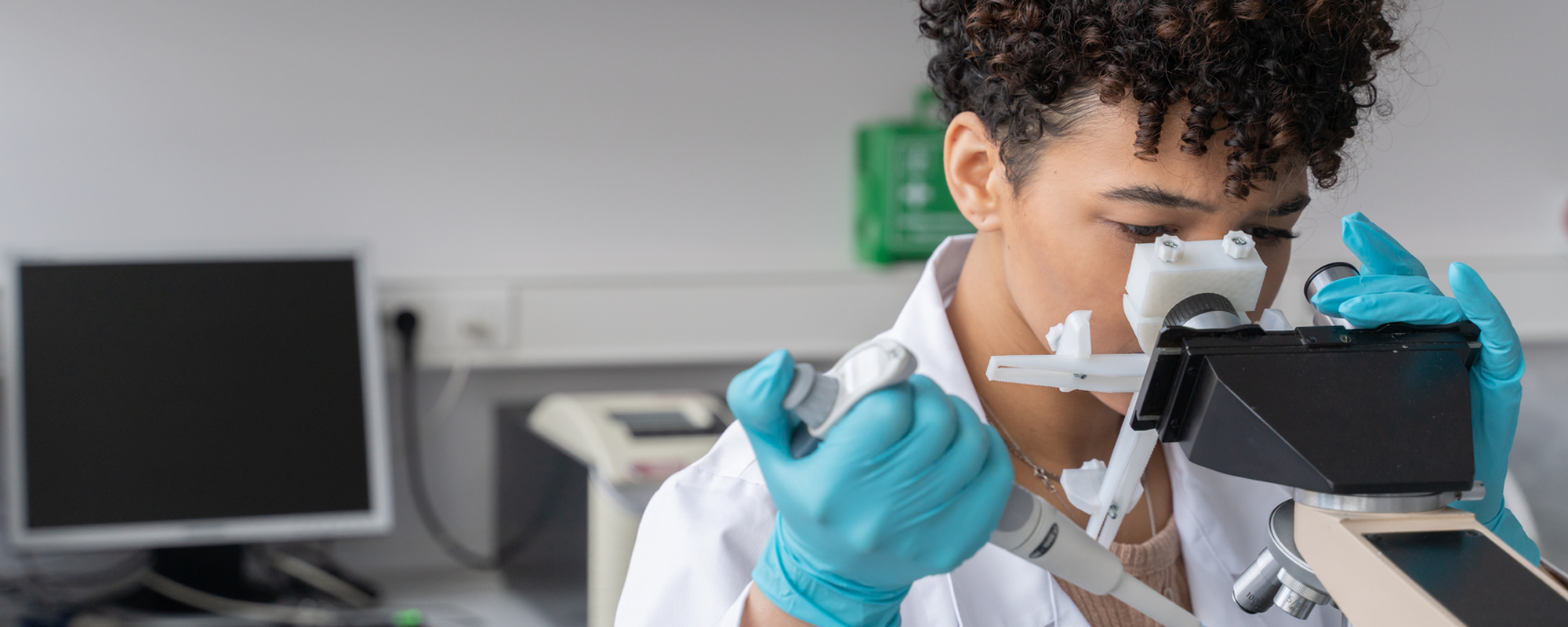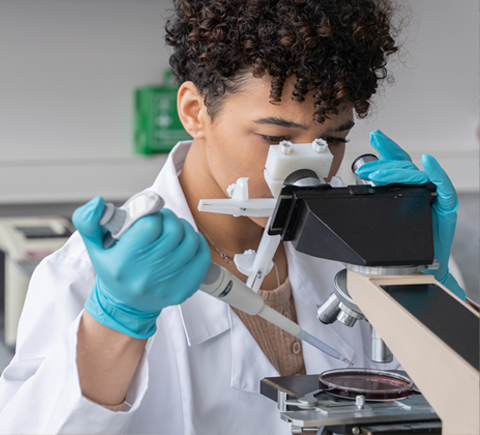The Roots of NAD+ Research
This post provides a history of NAD+ development, the researchers involved, and the high-level scientific contributions each researcher made.
Setting the Stage
Have you ever noticed how powerful the roots of a tree can be? They can tether a palm tree to withstand a hurricane, split concrete pavement, and burrow deep in the earth to gather groundwater during a punishing drought.
The roots are the lifeline. But they grow unnoticed, hidden beneath the surface. Likewise, your cells are the roots of your health. They work hard to ensure that your body functions properly, but they are invisible, toiling away under the surface.
Modern science has fueled discoveries that nourish these strong roots—supplements like Tru Niagen, which came about from a scientific breakthrough in cellular nutrition driven by NAD+ research.
At the most fundamental level, Tru Niagen supports cellular health by boosting NAD+, a vital resource for cellular energy and repair.
Let’s explore the trailblazers that helped shape NAD+ research and open the door for discoveries like Tru Niagen.
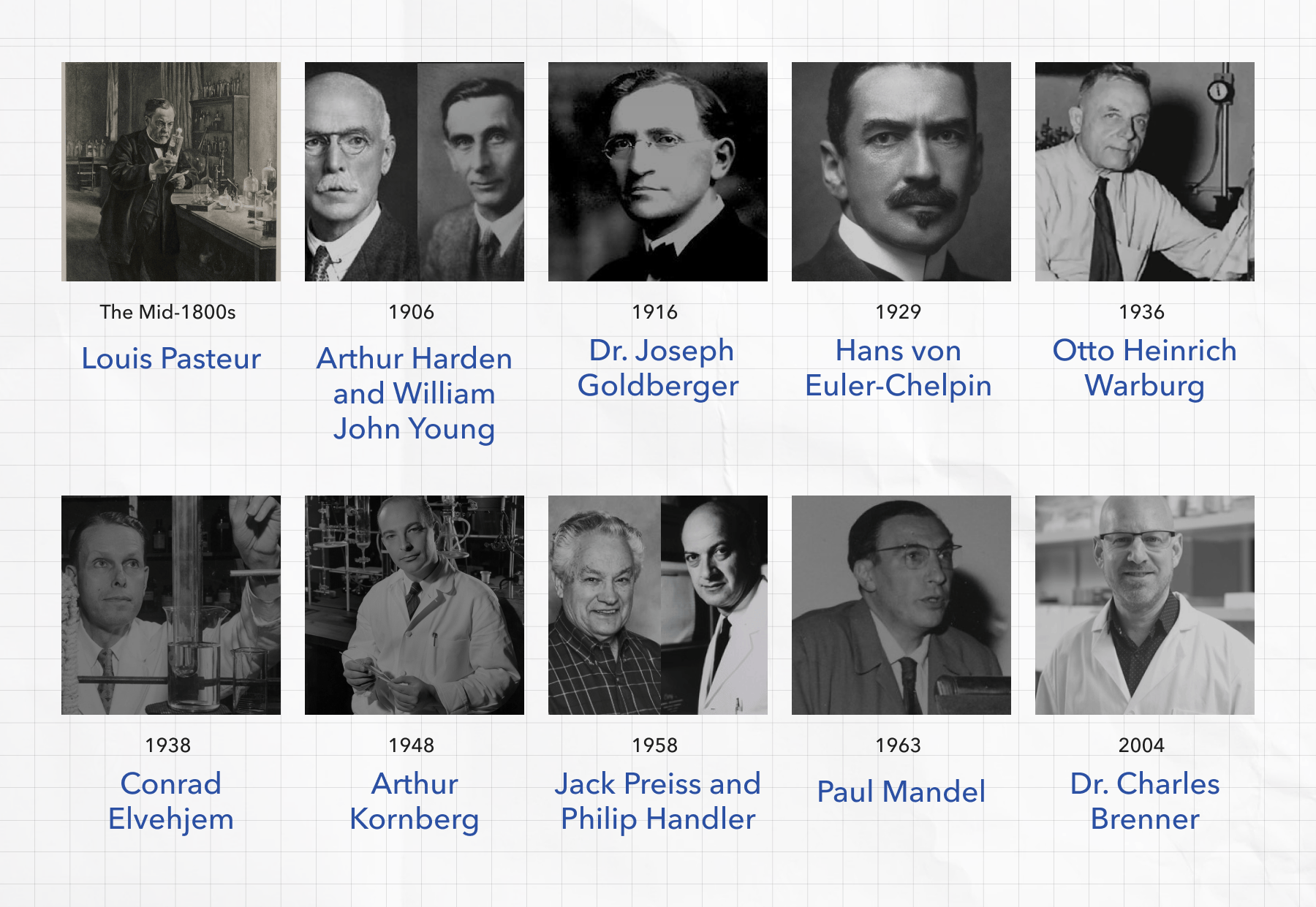
The Mid-1800s
Louis Pasteur collaborated with French brewers to study the microscopic forces at work during the brewing process. He identified microbes that could cause the beer to spoil and the critical role that yeast played in alcoholic fermentation. Up until this time, it was believed that fermentation was a result of decomposition. Pasteur disagreed, and went on to prove that yeast causes fermentation via the production of alcohol from sugar. This led to Pasteur’s subsequent discovery that microorganisms cause spoilage, just as yeast causes fermentation. The business application of such a revelation was clear.
Pasteur’s discovery was quickly applied to the wine and beer industries, utilizing a simple procedure of heating wine to kill microbes. This later became known as “pasteurization.” Through trial and error, Pasteur identified the sweet spot for heating a given liquid to a certain range of temperature for a certain duration that would kill bacteria while maintaining the liquid’s flavor. The groundbreaking process improvement of controlled fermentation coupled with pasteurization resulted in a boom of French beer brewing.
Although he did not know it at the time, Pasteur’s research on yeast would drive NAD+ research and become the basis of NAD+ science today.
1906
Arthur Harden and William John Young expanded Louis Pasteur’s discovery of fermentation by cracking open yeast cells and separating the cellular components into two mixtures. One mixture contained the enzymes needed for fermentation, and the other contained several small molecules, which contained something else, too. Harden and Young had unknowingly discovered NAD+! Not only did they discover it, they pioneered new tools for its research.
Harden and Young co-developed a piece of equipment that allowed them to take carbon dioxide measurements of the gases released during fermentation. Up until then, gravimetric measurements had been used, but this pioneering gear measured carbon dioxide volume. The history of NAD+ is tied closely to the study of fermentation, so this technological advancement was an important evolutionary step.
1916
A vitamin deficiency called pellagra plagued the nation in the early 1900s. Known as “the black tongue,” pellagra caused symptoms such as dermatitis, diarrhea, and dementia in people of all ages.
Eventually the cause of pellagra was identified as a niacin deficiency, yet it still remains a health threat in certain populations to this day, despite niacin’s widespread availability. At the time, pellagra was an epidemic (affecting 3 million Americans between 1906 and 1940). So severe was the national impact of pellagra, that the U.S. Surgeon General himself, Rupert Blue, assigned Dr. Joseph Goldberger, a physician and epidemiologist, the task of pellagra research.
Goldberger was able to identify pellagra as a nutritional deficiency. Unbeknownst to him, Goldberger’s discovery would pave future inroads for the first NAD+ booster.
1929
A former art student, Hans von Euler-Chelpin, continued Harden and Young’s work. Euler-Chelpin studied the details of the reactions that happened during yeast fermentation. In fact, he shared the 1929 Nobel Prize in chemistry with the previously mentioned Arthur Harden for their fermentation research. This research led to Euler-Chelpin’s ability to essentially “purify” NAD+, and he is credited with uncovering the first insights about NAD+’s chemical shape and properties.
1936
A physicist, Otto Heinrich Warburg, had uncovered that NAD+ was an essential part of yet another crucial chemical reaction: hydride transfer. Hydride transfers happen any time there’s an exchange of a hydrogen atom and its accompanying electrons. Warburg’s research showed that NAD+ accepts a hydrogen atom and its electrons to become NADH.
An interesting note: Warburg lived and worked in Germany and was of partial Jewish descent. At one point he lost his research position because he criticized the ruling Nazi party, but his work was considered so valuable that a personal order from Hitler’s Chancellery arranged for his reinstatement. Hitler had lost his mother to breast cancer and was therefore passionate about the metabolism and cancer research Warburg was performing at the time. Without Warburg’s continued contributions, NAD+ research could have taken a very different and much lengthier path.
1938
Conrad Elvehjem, an American biochemist, continued Joseph Goldberger’s work on pellagra. Elvehjem found that niacin, a form of vitamin B3, cured pellagra. Nicotinic acid, also known as niacin, would eventually be used as a vitamin supplement to cure pellagra nationwide. Elvehjem’s discovery would help discover the pathway to boost NAD+ using vitamins.
Interestingly, this discovered niacin deficiency would play a role in the U.S. policy of fortifying bread and flour. To this day, a bag of flour in the supermarket labeled “enriched” must contain a minimum quantity of nutrients, including the B vitamins thiamin, folic acid, riboflavin, and niacin. The historical importance of such food enrichment cannot be overstated; this international effort took place during World War II as the United States and United Kingdom tried to bolster the health of their entire populations to better fight and survive a global conflict. U.S. flour mill compliance around the enrichment policy was initially sluggish, so eventually the War Foods Administration decided to outright temporarily ban non-enriched bread, which finally resulted in total adoption of enrichment.
1948
Arthur Kornberg, an American biochemist, combined Euler-Chelpin’s and Elvehjem’s work to understand how your body creates NAD+. He separated NAD+ and recombined it with other isolated components, replicating the creation of NAD+.
Kornberg discovered the first enzyme that builds NAD+ in the body. He also found that the cellular respiration process was strongly enhanced by NAD+. His work related to NAD+ eventually led to his research on DNA composition.
Kornberg’s oldest son Roger would go on to become a scientist himself, and both father and son would win Nobel prizes in their time. In an interesting twist of fate, Roger would eventually chair the Scientific Advisory Board of ChromaDex, the maker of Tru Niagen, which has partnered in extensive NAD+ precursor research and NAD+ aging research.
1958
Jack Preiss and Philip Handler, scientists that delved deeper into Kornberg's work, published a paper illustrating how niacin is converted into NAD+ in three steps and identified the proteins and enzymes responsible for them.
These steps have been aptly named the Preiss-Handler Pathway.
1963
Paul Mandel of the University of Strasbourg’s Institute of Biochemistry identified a reaction that broke NAD+ into two separate parts: nicotinamide and ADP-ribose.
Mandel's findings helped biochemists understand how essential NAD+ is to fuel cellular energy metabolism.
2004
Dr. Charles Brenner, continuing his predecessors’ work on yeast, discovered another pathway to create NAD+. Brenner discovered nicotinamide riboside (NR), now the active ingredient in Tru Niagen (as patented NIAGEN NR), as a unique form of vitamin B3 and precursor to NAD+. Later studies demonstrated it’s far more efficient at boosting NAD+ than other forms of vitamin B3.
Brenner has also made contributions to NAD+ metabolism, including developing a yeast strain to convert inexpensive NAD+ precursor vitamins into NR, and demonstrating the effects of oral NR in animal models of fatty liver disease; obesity; type 2 diabetes; heart failure; and neurodegeneration. He also led the first clinical trial of NR, which established safety and oral bioavailability in humans.
Dr. Brenner has been funded by agencies like the March of Dimes and the Bill & Melinda Gates Foundation. He is the chief scientific advisor to ChromaDex and continues NAD+ research, exploring the capabilities and applications of this incredibly influential molecule.
Tru Niagen Has Strong Roots
The path to Tru Niagen began in a distillery in the 1800s and continues today through groundbreaking research across the globe. The ChromaDex External Research Program (CERP), the R&D program behind Tru Niagen, partners with hundreds of the world’s leading academic institutions. These pioneers built the necessary framework to make NIAGEN NR one of the most extraordinary supernutrients in modern science.
While their science may seem futuristic, the ethos of our scientists remains the same. By preserving the same trailblazing spirit as their predecessors, our scientists hope to unlock the full potential of NAD+ and push the boundaries of NAD+ aging research.
Related Posts





A Beginner’s Guide to NAD+





A Clinical Study That Connects NAD+ and Aging
